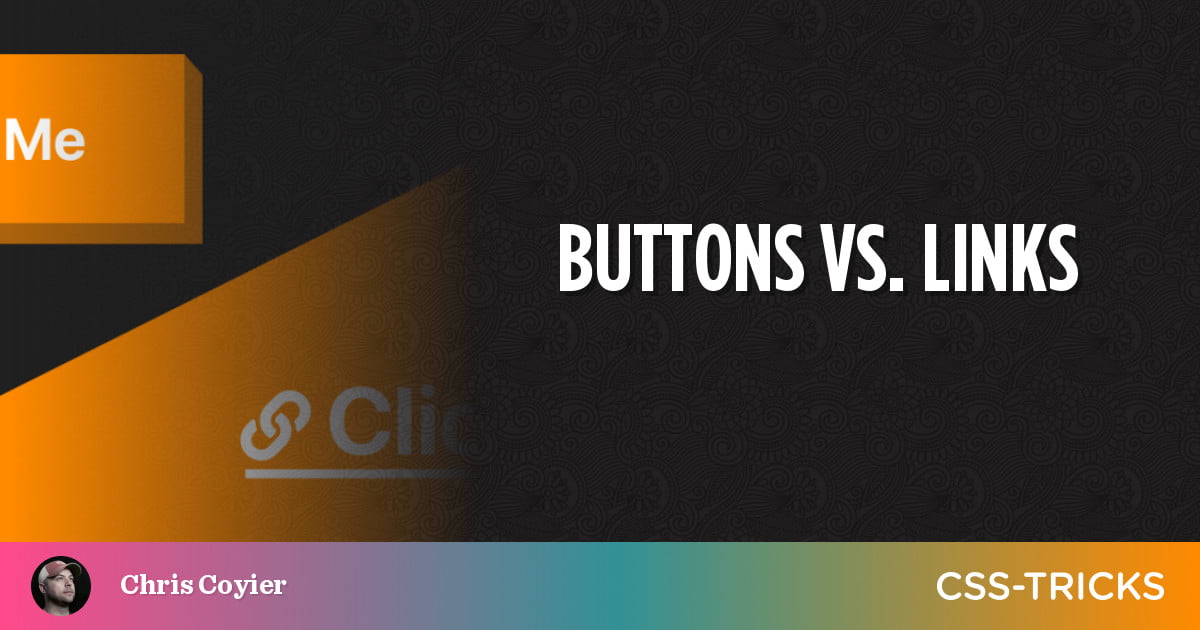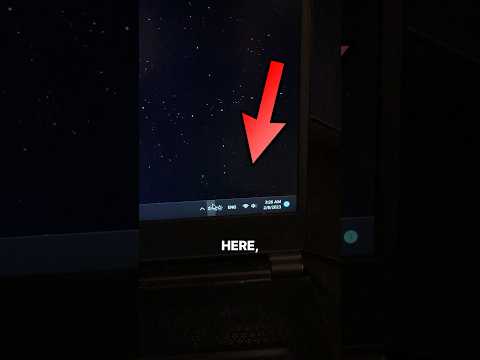
There are thousands of articles out there about buttons and links on the web; the differences and how to use them properly. Hey, I don’t mind. I wrote my own as well¹.
It’s such a common mistake on the web that it’s always worth repeating:
- Is the intention to send someone to another URL? It’s a link in the form of
<a href="">. - Is it to trigger some on-page interactivity? It’s a button in the form of
<button>. - Any devition from from those and you better smurfing know what you are doing.
Eric Eggert wrote a pretty good piece recently with a nice line about why it matters:
If you had a keyboard and your “e” key would only work 90% of the time, it would be infuriating. Reliability and trust in user interfaces is important to allow users to navigate content and application with ease. If you use the right elements, you support users.
Manuel Matuzović has a Button Cheat Sheet that is a lol-inducing ride about why literally everything other than a <button> isn’t as good as a button. Manuel links up Marcy Sutton’s epic The Links vs. Buttons Showdown (video), pitting the two against each other in a mock battle — “We’ll pit two HTML elements against each other in a crusade of better and worse, right and possible wrong. One element is triggered with the space bar, the other with the enter key. Who will win?” I don’t know whether to laugh or cry at how far we have to go to spread this information.





